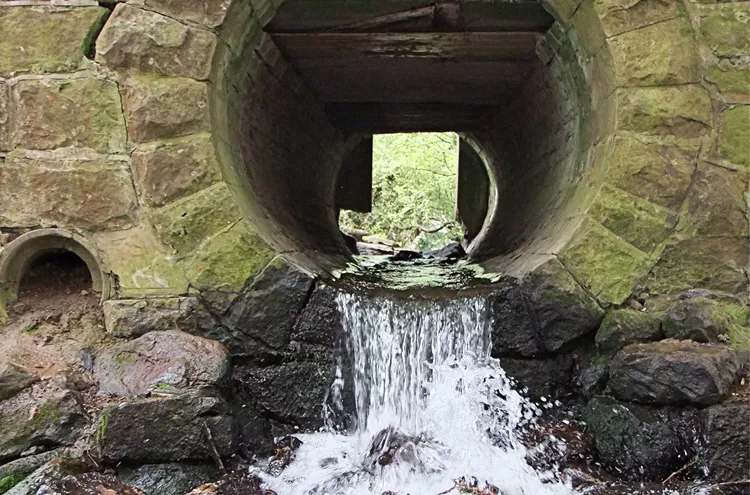

Measuring flow rate can be useful for several reasons. For example, to determine how much water flows through an irrigation canal and whether the capacity of a waterway is sufficient. It can also help to find out where water comes from and in what quantities. It is therefore important to measure the flow rate, or water discharge, at critical points in the water system. This can be measured with specialized measuring equipment.

Flow measurement can take place in closed systems, such as sewers, drinking water pipes, and industrial pipes, or in open systems such as rivers and waterways for surface water and canals for waste water.
Measuring flow velocity helps to determine discharge, but also to test whether a particular structure or waterway meets the initial requirements. For example, is a certain flow rate necessary to have sufficient drainage or water quality? If the water moves too fast, for example, erosion can occur or fish cannot swim against the current. Water that flows too slowly, on the other hand, does not have sufficient renewal, which can cause algae growth.
An RBC flume is suitable for smaller waterways. It is available for different measuring ranges depending on the measuring needs, from 0.1 liters per second to 145 liters per second. The RBC measuring flume is trapezoidal and very accurate. The application is, for example, in irrigation canals. With this measuring flume you can measure manually, or automatically by connecting the flume to a data logger and modem.
Measuring water flow and discharge is valuable for:
Climate change causes more extreme weather conditions and places higher demands on our water systems. Heavy rainfall, for example, requires more capacity of the water system and it is important to notice this in time. If too much water has to pass through a passage that is too narrow, you will experience flooding. An increase in water discharge indicates that possible flooding is approaching.
On the other hand, measuring the flow can also help to signal a period of drought.
In general, water is only drained when there is too much of it. But due to climate change we are now also experiencing periods of drought. Then the water must be retained correctly. When the flow rate decreases, it is a first warning that the water level is dropping or a signal that water is being retained.
When there is less rain in spring and summer and water becomes stagnant, in combination with the higher temperatures in spring and summer it is susceptible to the growth of blue-green algae. It is also important to monitor this, so that, for example, fresh water can be introduced. Specialized equipment for monitoring and surveillance of algae is also available from Royal Eijkelkamp for this.
Continuous flow measurement ensures valuable data collection. Models can be created based on this data and an automated water management system can be controlled with the correct data.
Our specialists are ready to advise you on the best solution for your water management challenge.

Do you need help choosing the right product for your application? Please contact our specialist Erik.